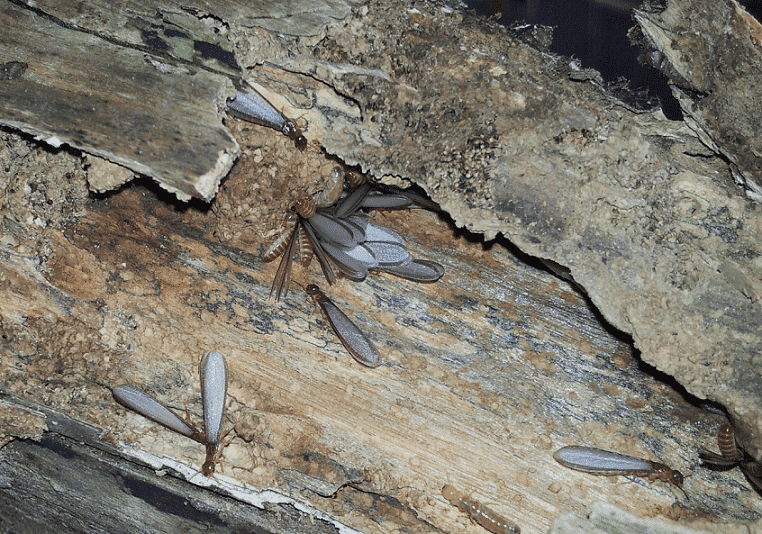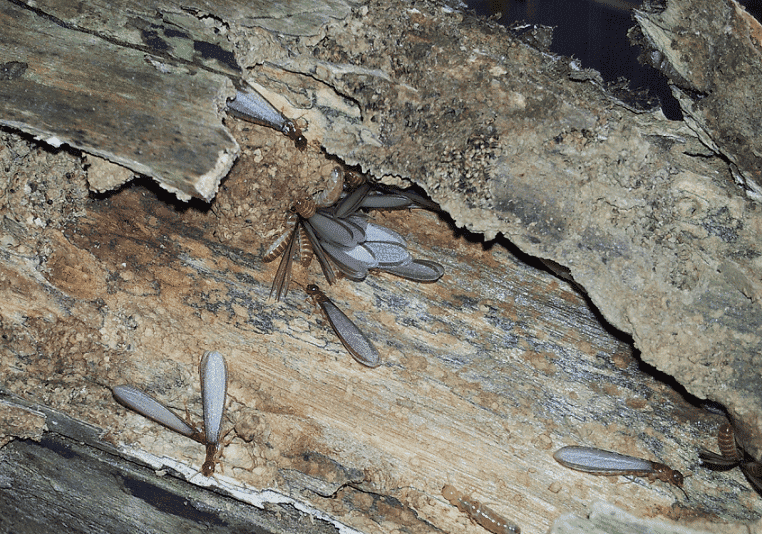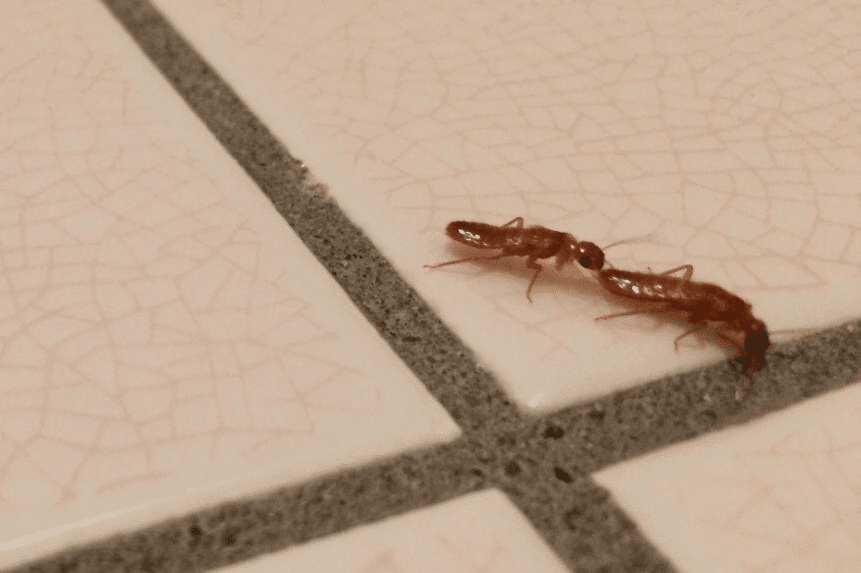Flying termites, also known as alates, are a common concern for homeowners in Brisbane, Australia. These winged reproductive termites are typically the first sign of a developing termite colony, often alarming residents when seen swarming around homes. As these pests can cause significant structural damage, it’s crucial to understand their active months, the risks they pose, and how to control infestations. This guide will help Brisbane homeowners and property managers better grasp the dangers of flying termites and the importance of preventive measures.
The Role of Flying Termites in the Termite Life Cycle
Flying termites play a critical role in the termite colony’s reproduction. During certain times of the year, particularly in Brisbane’s warm and humid seasons, termites grow wings and leave their colonies to form new nests. After swarming, these termites shed their wings and mate, laying the foundation for new colonies. This lifecycle stage marks the beginning of what can become a severe infestation if left unchecked.

Active Months of Flying Termites in Brisbane
Brisbane’s subtropical climate creates the ideal environment for termite activity. Flying termites are most commonly seen during the spring and summer months, typically from November to March. These months provide the warm temperatures and humidity flying termites need to thrive. During swarming periods, you might notice them near sources of light, such as around windows or outdoor lighting, as they are attracted to brightness.
Homeowners who spot flying termites should take immediate action. These swarms are not just a nuisance but a clear signal that termite colonies are nearby, and there may already be damage being done to the property.
The Damage Potential of Termites
Flying termites themselves do not cause direct damage, but their presence indicates that a colony is either nearby or about to establish itself. Termites feed on cellulose materials found in wood, causing severe structural damage over time. Brisbane’s older homes, many of which feature timber frameworks, are particularly vulnerable.
Some signs of termite infestation include:
- Discarded wings: After swarming, termites shed their wings. Piles of discarded wings near windowsills or doorways are a key indicator.
- Mud tubes: Termites build mud tubes to travel between their colony and food sources. These are often found along the foundation or walls.
- Hollow-sounding wood: Termites eat wood from the inside out, leaving it hollow. Tapping on wooden structures and hearing a hollow sound is a common sign of infestation.
- Buckling floors or sagging ceilings: Extensive termite damage can lead to noticeable structural changes, such as uneven flooring or sagging ceilings.

Severity of Termite Damage
Termite damage can be catastrophic if not addressed promptly. Subterranean termites, the most common species in Brisbane, live in colonies that can grow to several thousand members. A single colony can consume large amounts of wood within months, leading to weakened foundations, collapsing beams, and other costly repairs. In Brisbane, termite damage has been known to cause tens of thousands of dollars in repairs for homeowners, especially in older properties where wood structures are more vulnerable.

Effective Termite Control Measures
Preventing and controlling termite infestations requires a combination of proactive steps and professional treatment. Here’s how you can protect your property:
-
Preventive Actions:
- Regular inspections: Annual termite inspections by licensed professionals are crucial, especially for high-risk homes in Brisbane’s termite-prone areas. Inspections should include a detailed examination of the property using thermal imaging and moisture meters to detect hidden infestations.
- Remove conducive conditions: Ensure that there is no wood-to-soil contact around your home, as this provides easy access for termites. Also, fix any leaky pipes or drainage issues that create moisture—termites thrive in damp environments.
- Proper ventilation: Ensure your subfloor and roof spaces are well-ventilated to reduce moisture, making it less appealing for termites.
-
Professional Treatments:
- Chemical Barriers: Also known as treated zones, these are non-repellent treatments placed around the perimeter of your home. Termidor, one of the leading products, is highly effective in killing termites before they enter your property. These barriers last for several years, providing long-term protection.
- Baiting Systems: Bait stations filled with slow-acting poison can be installed around your property to attract termites. Once termites consume the bait and share it with their colony, the entire nest is eliminated. Although effective, this method takes longer than chemical barriers.
- Foam Treatments: For active infestations inside the home, professionals may inject a non-repellent foam directly into termite galleries, eliminating the colony from within.
Flying termites in Brisbane signal the start of new colonies, making it essential to act quickly if you spot them. Left unchecked, termites can cause severe damage to homes, particularly older properties that are more susceptible to infestations. By understanding their active months, recognizing signs of damage, and implementing effective control measures, homeowners can protect their investments.
If you suspect flying termites or notice signs of infestation, it’s crucial to seek professional help immediately. Contact Termite Guys Brisbane at 07 3393 3515 for a comprehensive inspection and tailored termite treatment plan. Protect your property from the costly consequences of termite damage—don’t wait until it’s too late.
Contact Us!
Michael is incredibly knowledgeable when it comes to termites and how to deal with them. So if you have any question just give him a call and he will do his very best to give you an accurate answer.
For a Free Quote on Termite Barriers contact us:
Phone:0447 268 257
Office: 3393 3515
Email:inspector@staging.termiteguys.com.au


